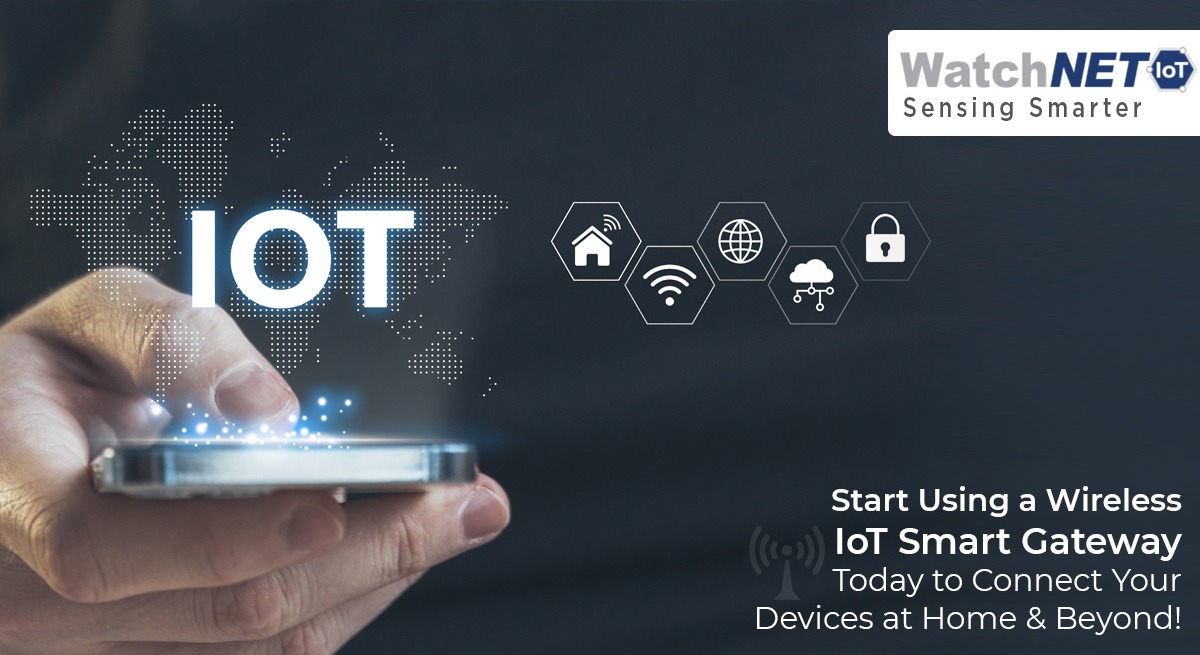
Nowadays the urge to connect everything to the internet is growing rapidly, not just to send information to servers for processing and storage but also to provide full control of physical devices over the web. Internet of Things is a new paradigm that has changed the traditional way of living into a high-tech lifestyle. Smart cities, Smart homes, pollution control, energy saving, Smart Transportation, and Smart industries are such transformations due to IoT. The IoT has become a newfangled trend that enables the communication between electronic devices and sensors through the internet in order to facilitate our lives.
Importance of IoT in Today’s Scenario
IoT plays a significant role in improving our quality of life and its applications are present in many of our day-to-day experiences such as Healthcare and industrial automation. It has the ability to transform a simple physical device into a smart one using embedded technology and computational power. With the capability of gathering, analyzing and distributing the data, IoT enables the connection between the internet and a range of devices and sensors.
The complete working of the Internet of Things can be compressed as a working structure of five components put together. They are;
- Smart devices or sensors
These are the components of the device’s connectivity layer that collect data from the environment and transmit information to the next layer. These smart devices are connected to low-power wireless networks like Wi-Fi, ZigBee, Bluetooth, LoRaWAN, etc.
- Gateway
The IoT gateway manages bidirectional traffic between different networks and protocols. They are configured to perform pre-processing of data collected before transmitting it to the next stage.
- Cloud
The cloud system integrates billions of devices, sensors, gateways, protocols, and data storage, and provides predictive analyses. These data are used for product development and improvements, preventive measures, building new business models, etc
- Analytics
The major advantage of an IoT system is the smart analytics through which it works. It enables ascertaining the irregularities in data collection and prevents undesirable situations.
- User Interfaces
The user interface design is of utmost significance in today’s dynamic and competitive market as it determines the choice of devices and appliances. Consumers prefer user-friendly smart options to common wireless devices.
All data moving to and from the IoT application server goes through the IoT gateway. They are the most important parts of our IoT infrastructure. Hence, choosing a powerful and appropriate gateway is important for the success of any project. All the data moving between the IoT devices and the cloud will pass through the IoT gateway. It can also be referred to as the smart gateway or control tier.
How does the IoT Gateway work?
The IoT gateway follows the same principle as a network router. It creates a bridge between the massive data generated by IoT devices and other networks such as the internet. It performs the following tasks.
- IoT gateway translates protocols to establish communications
- It pre-processes the raw data collected by IoT devices.
IoT Gateway Features
Some of the basic and advanced features of IoT Gateway are listed below
Basic features
- Wired and wireless communication
- They reinforce security
- They handle outbound and inbound traffic
Advanced features
- Some IoT gateways perform edge computing
- Advanced IoT gateways provide more interfaces
- Ruggedness for challenging environments
- Customized firmware
- Handles advanced inbound traffic
What are The benefits of using an IoT gateway?
- Pre-processing data at the edge to improve response times
- Reinforce IoT-enabled network security
- Improving energy efficiency on the IoT devices
- It withstands harsh and industrial environments
- High energy and cost efficiency
- Security risk mitigation
- Durable and reliable
Over the past few years, IoT gateways have provided substantial support for a wide range of industries, achieving a variety of business purposes. Let us look into some e real-life examples of the usage of IoT Gateway.
- A smart agricultural system through sensors and gateways to boost crop yield and thereby reduce wastage
- Smart homes where users can control their thermostats or lights with a smartphone enabling a flexible connectivity option.
- In-vehicle IoT gateway devices to serve vehicles area networks of emergency response vehicles like police, fire, etc
- Telehealth to monitor patients in real-time.
Sitting between IoT-connected devices and the cloud, the IoT gateway provides additional protection within the system. To reduce the overall risk of hacking, IoT devices resist any unauthorized external access and harsh environmental conditions. All these ensure the safety and security of entire data-to-cloud encryption from online and offline threats.

